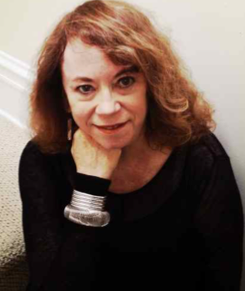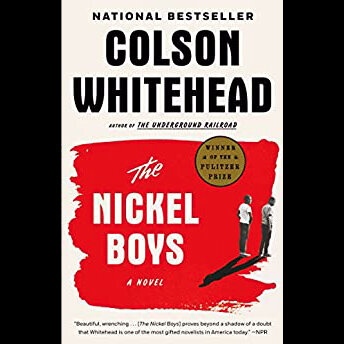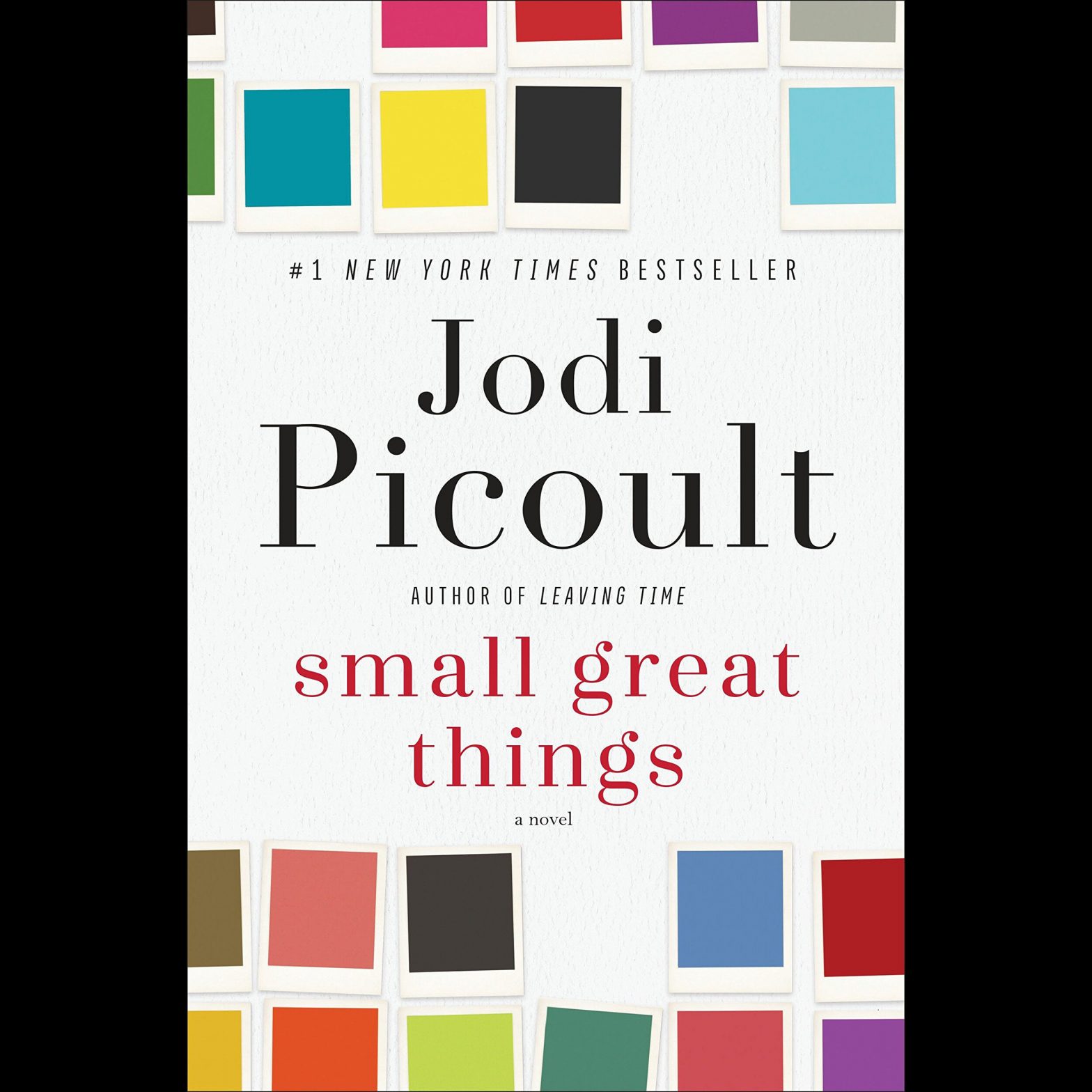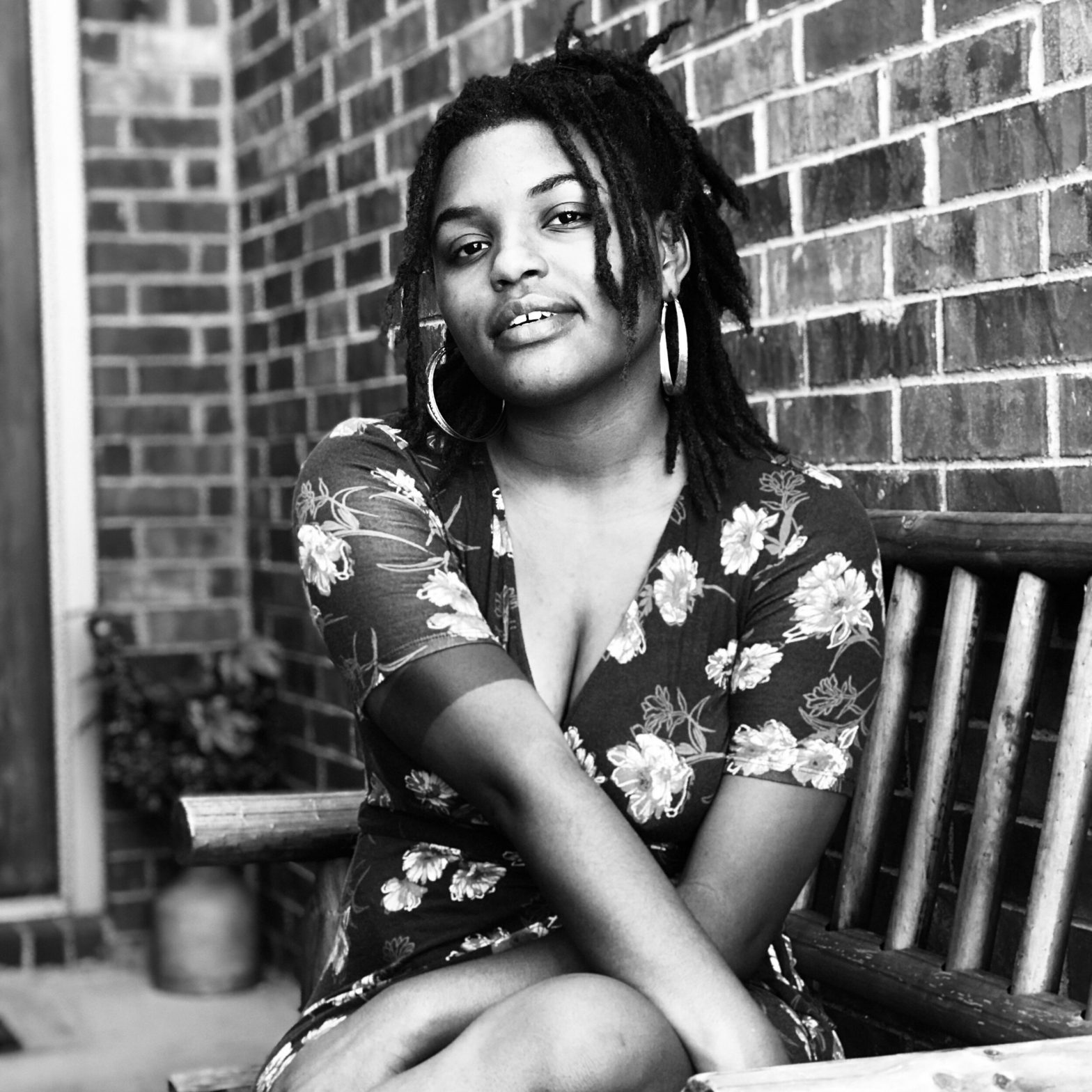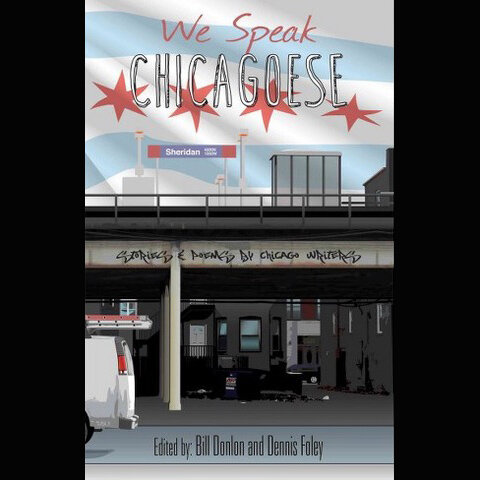Author Garnett Kilberg Cohen talks about the process of writing her short stories, the influences behind them, and magazine editing.
Interview by Mulan Matthayasack
Garnett Kilberg-Cohen was one of my Fiction Workshop teachers here at Columbia College. Aside from being a wonderful professor who pushed us to create our best work and introduced us to amazing writers, such as Emma Donoghue and Roxane Gay, I discovered she is also one of the co-editors in the department’s nonfiction magazine, Punctuate, and has published her short stories and essays in many magazines such as The Literary Review and American Fiction. I decided to interview her to get to know her more as a writer, as opposed to a professor.
Your most recent piece, “My Life in Smoke,” published in The New Yorker, is very intriguing and reflective. What compelled you to share your journey with this topic (smoking) in particular?
The object of the urn in the first paragraph of the essay was a stimulus. Since it sits in a room of my house, I look at it and think about it fairly frequently. I think important objects from our pasts are often imbued with meaning or can spark memories. Also, a few moments and images of my smoking have reoccurred to me over the years. Since they were important enough to me to reappear in my consciousness over the years, I decided to write them down. Once I started writing them, other memories came back, so I wrote them as well. I worked for a few days shaping them into an essay. A month later, I went to Scotland, so I added that information into the essay. I like to manipulate time—move backwards and forwards—in both fiction and nonfiction, but in this piece, it seemed important to the logic to have the events appear in somewhat chronological order.
In that same piece, you claim you moved around a lot. I notice this is a common occurrence in some of your other works. Does your environment—or perhaps, the lack of it, or even the search for it—dictate or influence a majority of what you write?
I find that new places often inspire ideas. Also, when I move away from a place, the place can accrue more power and its most poignant qualities rise to the surface of my mind, giving the place almost a mythical significance.
I read your other piece, “Space and Time, the Four Dimensions,” that was published in the Tupelo Quarterly. The content itself is extremely touching, and I love how it makes you think about certain people, yourself, and the idea of fate—also, the way you organized the piece is interesting: you have an instance for each “dimension.” Was that originally how you planned to structure the story, or did the story naturally form on its own?
I can’t remember the impetus for the piece—probably seeing the reunion of the band on Facebook—but I do remember playing with the concept of four dimensions. Forcing the story into four compartments encouraged me to think about the story in new ways and from various perspectives, and to distill it. I say in the essay that time moves only in one direction, but a part of me doesn’t believe that. At least in a metaphorical sense, my past is always running alongside my present. And the future haunts and terrifies me.
You’ve dabbled in pretty much everything: fiction, non-fiction, poetry, essays. . . . Is there a particular genre that you like writing the most? The least? What’s the hardest part of that?
Though I started out as a journalist and a copywriter, most of my writing life has been spent writing fiction, but over time I took more detours into writing poetry or nonfiction, usually because the material I wanted to write did not fit into a fictional form or because it was primarily nonfiction. Some of my fiction is partially biographical, but if it doesn’t have a strong imaginative component, I don’t want to call it fiction. Different material requires different forms. In the last ten years, I have spent more time on nonfiction—maybe because as one gets older, more real life has built up and calls for exploration and documentation. Plus, nonfiction more easily lends itself to non-narrative subgenres such as meditations on events or objects. My most recent published fiction is probably my least biographical; “Wheels” (in Hypertext) and “Maternal Instinct” (in Fiction Southeast) have fewer biographical components than anything I’ve published. In fact, they are both from male points of view. It has been years since I have written any poetry but I imagine that if I do it again, it will be in a flurry of connected poems rather than just a poem here or there—as that was how I composed poems in the past.
I notice a lot of your work is “short-story” or “memoir” based. . . . Have you ever considered writing a longer piece such as a novel?
I have considered it and I have tried—and will probably try again—to write a novel or a longer memoir. But I find shorter pieces, something that needs to be read in one sitting—meaning about one to 50 pages—generally have more intensity. I don’t think lives or even major events generally follow the arc of a novel. That is not to say that I don’t read novels and love them, but unlike a short story or essay, I can put them down for a few days, come back to them, and then put them down again. A good short story or essay keeps one captive and delivers immediate impact. Probably my favorite form of fiction is the linked story, like Munro’s The Beggar Maid or Elizabeth Strout’s Olive Kitteridge, where the most important moments of a character’s life add up to give a multi-dimensional view of the characters and their lives. Linked collections often feel more authentic than novels.
Where do you usually get your inspiration from?
Multiple places. An image. A reoccurring memory. Something I’ve read or observed. Over hearing a conversation. Or just forcing myself to sit down and write.
Some artists say most of their ideas come at night; others say they work better in the early morning after grabbing a cup of coffee and sitting somewhere quiet. What’s your process like when it comes to writing?
I love to have a window—looking out on trees or water or a busy place. But truly, I do not require a specific space or time. Once the urge has taken over and I am writing, I am not looking out that window much.
How do you handle writer’s block?
I haven’t experienced it much. That said, I have experienced not being able to write the way I want to write (I guess maybe that is a form of writer’s block), when a story or essay feels flat or not to be progressively well. I have not figured out a cure for that except to push through and if it doesn’t work, try to write something else.
Who are your favorite authors? Which writers would you consider your style is most similar to?
The list is long and changes. But a few who have remained constant for a while are Joan Didion and Alice Munro.
Does being a co-editor in your magazine, Punctuate, help your writing? If so, how?
All reading and thinking about writing—which is a big aspect of editing—helps my writing.
How do you manage to balance teaching, writing, and editing all at the same time?
It is very difficult and at this point in the semester feels close to impossible, but knowing I have to structure my time well helps.
What are some of your favorite literary magazines?
As with books and authors, that changes a lot. I think Black Warrior Review and Crazyhorse are both lovely. Michigan Quarterly is a good one too. Gettysburg Review, Brevity—fortunately for us writers, the list is long!
How do you go about choosing which magazines and journals to submit a piece to?
With my best pieces, I usually start with the best magazines, meaning ones that have won awards or published pieces that later appear in Best American Short Stories or Best American Essays or have been around for a long time, proving their sustainability. I like journals that are physically attractive, like Black Warrior Review, and include some visual art. But sometimes I choose a magazine because it seems particularly suitable for the particular form or content I’m working with. I also like to expand the places I’ve published, so I have rarely published in a place more than twice. But these are not hard and fast rules. Sometimes I will simply see a journal name that I like. I subscribe to many literary magazines so I have a good sense of a lot of them.
What advice would you have for dealing with rejection letters?
Since most writers get far more rejections than acceptances, it is important not to allow rejections to have too great an impact. I would tell beginning writers that if they are confident about a piece to simply keep submitting it and to be sure to do simultaneous submissions; if you get a rejection from one place but know it is out at three other magazines, it softens the blow. Also, I can say I have been rejected by what I consider a lesser magazine only to revise it a little and have it accepted by a better one. Not all editors share your aesthetics or understand what you’re trying to do. But if you get a rejection with some advice, at least consider what the editor has advised.

